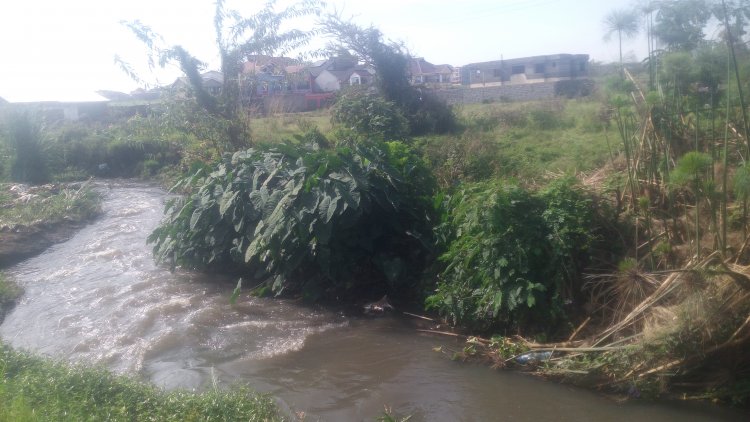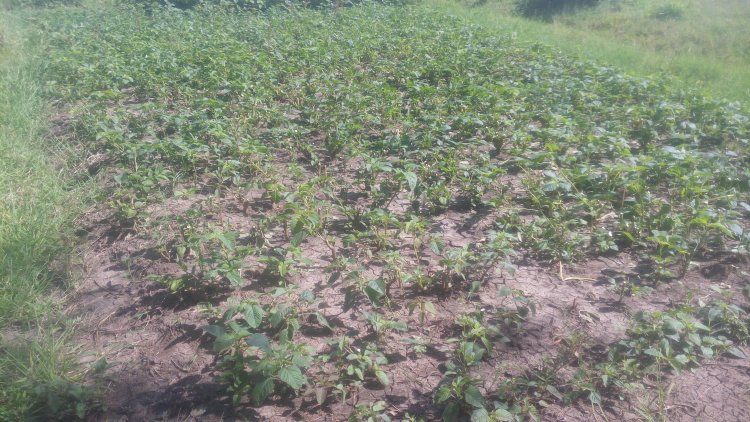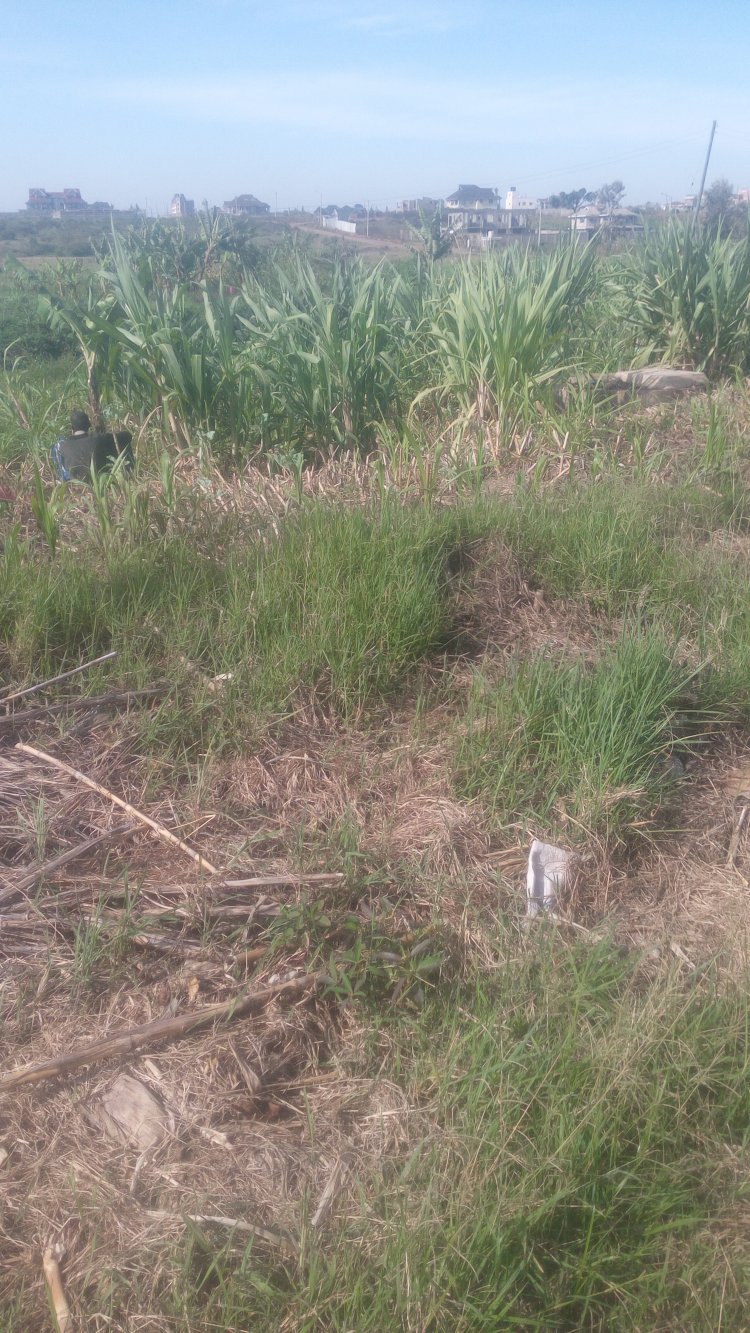How Riparian Ecosystems are Boosting Small and Medium Enterprises (SME) in Kenya.
Rivers and streams (seasonal and permanent) play an integral role in achieving the urban food supply targets. An excellent example is the KIU River bordering Mwihoko and Kahawa-Sukari. The river supports various agricultural projects in the locality, such as Napier grass production and daily farming, arrowroot farming, sugarcane farming, poultry keeping, etc.
Have you ever wondered where the cultivation of vegetables you purchase at the local Kiosk takes place?

Well, do not scratch your head because here is the answer.
Community research reveals that urbanization increases food demand. Therefore, agricultural production expansion and diversification are crucial in satisfying community desires and needs.
Rivers and streams (seasonal and permanent) play an integral role in achieving the urban food supply targets.
An excellent example is the KIU River bordering Mwihoko and Kahawa-Sukari. The river supports agriculture-related small and medium enterprises (SMEs), such as Napier grass production and daily farming, arrowroot farming, sugarcane farming, poultry keeping, etc.

Mwihoko area is experiencing a real estate industry growth, facilitated by the Kiriri Women’s University project. The community project, and Mwihoko's proximity to Thika Superhighway, heightens the small and medium enterprises (SMEs).
However, to achieve sustainable societal development in Mwihoko and neighboring Kahawa-Sukari locality, riparian ecosystem conservation and protection are essential.

Sustainable economic development is only achievable through improved natural resources protection, preservation, and conservation.


























